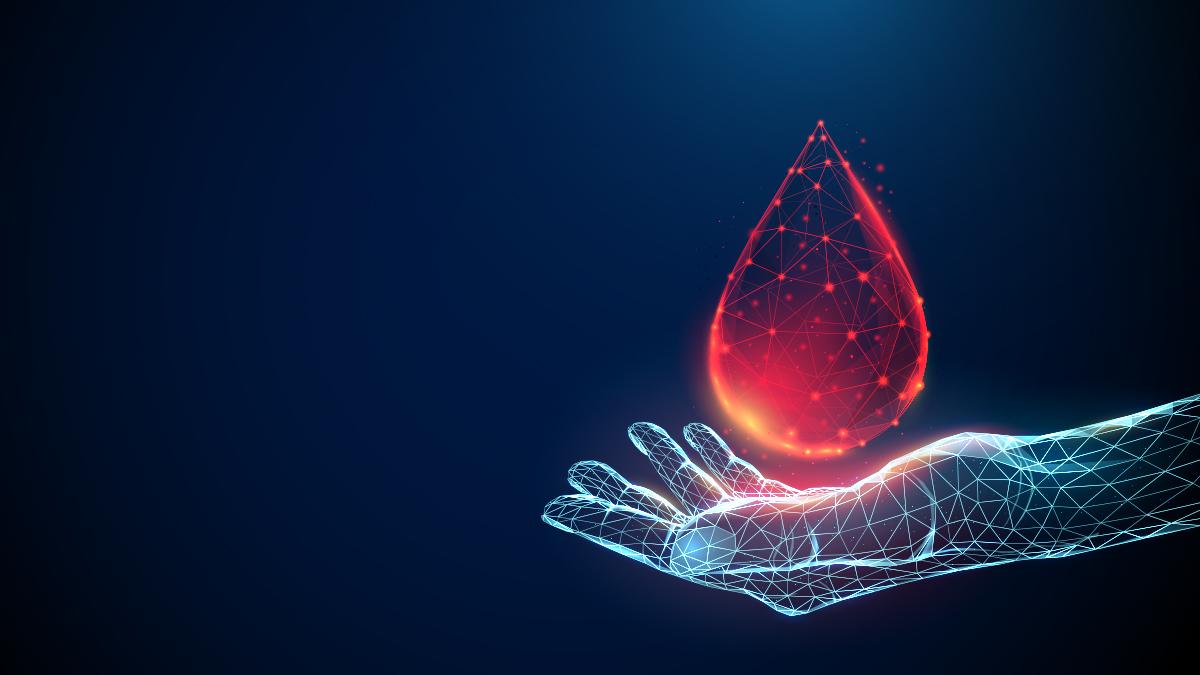Breaking down the challenges of donor recruitment and recallability

One key aspect of the biospecimen market (if not the most important) is the availability and accessibility of the donor pool for testing of both normal, healthy donors and disease state donors. However, finding the perfect donor can be like finding a needle in a haystack, making donor recallability crucial, but often challenging. In fact, the average donor retention rate hovers between 40% and 45%.
The reason for this is due to a few different things. First, donor recallability or the ability to find a donor who is willing to come back for multiple collections can be difficult. Second is the size of the donor pool, which is important as every spec requirement further narrows this down. For example, researchers looking for certain disease state samples have very specific and stringent requirements for their donors, such as biomarker levels, genotyping requirements, and treatment specifications – each time an additional requirement comes through, the size of the pool decreases. So, how does the industry work to increase interest and availability of donors? Let’s explore some possible solutions.
Recruitment and retention strategies – for donors and staff
It's clear that the industry needs to increase interest and availability of donors. Part of that includes the need for a greater focus on the recruitment of donors and proper training of donor staff. According to the Association for the Advancement of Blood and Biotherapies some blood centres are reporting staff turnover rates of higher than 20%, and fewer younger professionals are entering the field, while older generations are retiring.
Overcoming the traditional challenges of donor recruitment for this population can be combatted by taking a creative approach to recruitment – including social media. It’s also crucial to ensure proper training of staff and how to attract prospective donors to want to be part of the donor community. Customer service training will be key here – the individuals working in donor centres must be fully prepared and equipped for both engaging and challenging conversations that come with the work. To that point, one surprising perspective to think about is the recruitment of donors from an altruistic point of view to reach a different population who are motivated for different reasons. The individuals who work in these centres must possess selfless qualities and focus on others' wellbeing before themselves – something that makes a real difference in the work of the staff and goes a long way.
Finally, let’s also talk through some strategies to get donors to come back for multiple collections. Understanding the challenges mentioned above that are traditionally associated with finding donors, including a small pool of donors that meet a growing list of specificity requirements, has made it difficult for centres to be able to call them back for multiple collections. That said, this can be combatted through an idea we have already covered: the importance of staff training. It’s critical to train staff in the human element, which means making the donor feel welcome, comfortable, and like they are donating for a bigger cause to advance science. That, coupled with recruiting focused on altruism, brings in people who are more likely to become repeat donors and have the desire to contribute to research – both of which will go a long way.
Looking ahead
The end goal is to develop life-changing treatments and finding the right donors that can regularly provide important biospecimens for research is a crucial part of this delicate balance. It’s time the industry work to fix the challenges that currently exist in the market to make the donor pool for both normal, healthy donors and disease state donors a priority through not only the recruitment and retention of the donor staff at a facility, but also the donors themselves.
I’m hopeful for the future and that, by emphasising donor staff training and retention of donors through new and unique methods, the industry will see change.











